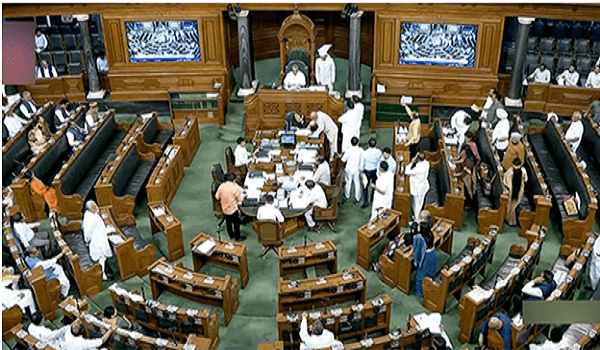Constitution (Jammu and Kashmir) Scheduled Tribes Order (Amendment) Bill, 2023, was introduced in Lok Sabha, with the aim to include four communities in the Scheduled Tribes (ST) list in Jammu and Kashmir. This development has generated both interest and agitation among various communities in the region.The Bill seeks to include four communities in the ST list: Gadda Brahmin, Koli, Paddari Tribe, and Pahari Ethnic Group. The proposed inclusion is a significant step towards acknowledging the unique identities of these communities and providing them with specific benefits.
Gujjars and Bakerwals – Dominant ST Communities
- In Jammu and Kashmir, the Gujjars and Bakerwals are the dominant ST communities. With a combined population of nearly 18 lakh, they constitute the third-largest group in the region after Kashmiris and Dogras.
- The ST status granted to the Gujjar-Bakerwal community in 1991 brought them 10% reservation in government jobs and educational institutions.
Agitation Among Gujjar-Bakerwal Leaders
- The proposed inclusion of the Pahari Ethnic Group and Paddari Tribe in the ST list has sparked unrest among the Gujjar-Bakerwal community. They are concerned that the expansion may lead to a reduction in their share of the quota benefits pie.
- Gujjar-Bakerwal leaders contend that Gadda Brahmins and Kolis, already part of the ST list, share similarities with the new communities.
Paharis’ Quest for ST Status
- The demand for ST status for the Pahari Ethnic Group dates back to 1989 when the J&K government recommended their inclusion. However, the Registrar General of India rejected the proposal, citing a lack of historical records. Despite repeated efforts, the case faced multiple rejections.
Recommendation by Justice (retd) G D Sharma Commission
- The breakthrough for the Pahari Ethnic Group and other communities came in 2019 when the Justice (retd) G D Sharma Commission recommended ST status for Gadda Brahmins, Kolis, Paddari Tribe, and Pahari Ethnic Group.
- The commission’s report highlighted the social, educational, and economic backwardness of these communities.

